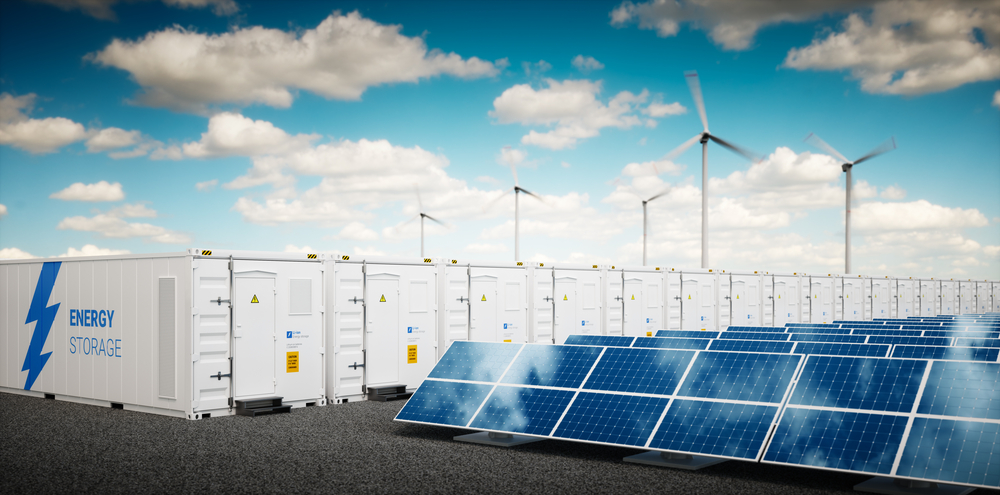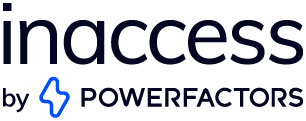
6 reasons why integration is crucial to power plant data
- On February 7, 2022
Gone are the days when having a decent supervisory control and data acquisition (SCADA) system was considered the height of sophistication in the renewable energies sector. Nowadays, the use of data for plant monitoring and control has become an art form, with the SCADA system often representing the basic canvas upon which a range of additional technologies are cast.
At one end of the technology spectrum, hundreds or thousands of sensors provide the individual brushstrokes that bring the canvas to life. At the other, complex analytics bring millions of data points together to provide the big picture. This technology ecosystem has grown organically, with different vendors specializing in the creation of different tools.
The result isn’t always ideal from an integration perspective: if your SCADA and analysis systems don’t speak the same language, for example, critical plant data could be lost in translation. Increasingly, however, the industry is looking to overcome this challenge with a move to more integrated data systems.
How to develop an integrated data approach to renewable energy infrastructure?
Specifically, there are six major trends that are making it more imperative than ever to improve levels of data integration in the solar industry.
#1: Portfolios are getting larger
Each solar plant comes with its own SCADA system. This isn’t a problem if you only own one plant. But if you own several, then ideally you want the SCADA systems to be identical so you can merge the data from all of them and get a global picture of operations. This problem has been exacerbated in recent years as solar portfolios have grown. Solar asset owners have seen the number of plants they control expanding in line with the growth of the industry, increasing the pressure to standardize their data systems.
#2: The secondary market is becoming more active
As the global solar market has grown, so has the number of plants being put up for sale and being snapped up by new owners. And data can make a big difference on the secondary market: a plant that has solid performance records and easy monitoring and control is worth more than one that doesn’t. Furthermore, potential buyers will look to see how easily they can integrate a new plant into their existing portfolio. Because of this, having data systems that are highly interoperable is very desirable when you put an asset on the market.
#3: More stakeholders need to see data
Another feature of growing portfolios is that the size of operating companies is growing too. Large solar companies may now typically have separate departments for operations and maintenance, asset management, finance, business development, regulatory affairs and so on. The data and the KPIs from plant operations informs all these corporate functions, so it is important that they all have access to it. This is much easier to achieve with a single integrated data platform, particularly if it has the flexibility to communicate with department-specific systems.
#4: Plant operations are changing
When solar plants were funded through feed-in tariffs, it made sense just to produce as much electricity as possible. Today, things have changed. If asset owners are making money from merchant markets, they need to target times of day when electricity prices are highest. This requires a much greater level of plant control than was needed previously, potentially with plants responding automatically to electricity market signals. To enable this level of control, it is important to have fully integrated data platforms that can take information from a range of sources and accurately decode and transmit commands to the site equipment.
#5: New revenue opportunities are arising
The solar market is no longer just about selling electricity. As renewables take up an ever-greater proportion of the energy generation mix, solar plants are being called upon to offer ancillary services such as frequency regulation. These services come with significant revenue potential but often require highly granular levels of plant control, which can only be achieved by highly sophisticated and tightly integrated data platforms.
#6: Hybrid plants are becoming more common
Alongside growing portfolios, plant owners are increasingly adding new technologies into their asset mix. Thus, solar plants may be added to wind farms to maximize grid connection utilization during low-wind periods. And energy storage is now typically being added to all renewable generation plants. Operating these diverse technologies is much simpler if the operator has a single integrated data platform that can cover all of them. Similarly, having an integrated data approach is vital for distributed assets that are tied together to form a virtual power plant.
Integration is becoming a no-brainer
Despite these trends, many solar asset owners and operators still struggle with a diverse set of data technologies that are not fully capable of interoperation and provide only a partial view of plant operations. These owners and operators may resist a move to more advanced, integrated systems because of a perceived concern over costs. However, such fears are almost always unfounded for two reasons.
The first is that the cost of improved integration is often lower than you might think. Modern integrated plant data platforms can be introduced on a staged basis and do not necessarily require a rip-and-replace upgrade. Often an integration with existing systems can cost as little as the equivalent of a few truck rolls. After this is in place then hardware can be upgraded on a business-as-usual basis, minimizing the need for capital investment.
The second factor affecting upgrade economics is that plant owners and operators may not always be conscious of the opportunity cost of failing to integrate systems. As outlined above, fuller integration can allow plant owners and operators to tap into a growing range of new revenue opportunities, from merchant sales to the provision of ancillary services. As the percentage of the solar energy on the grid grows, it is expected that these revenue streams will become more important in helping asset owners and operators to avoid the price cannibalization that happens during periods of peak production.
It is a similar story with hybrid plants: battery storage, for example, can help plant operators sell solar power well into the evening demand peak, when electricity prices may be significantly higher than they are at midday. Clearly, the investment required to access these revenues could be a small price to pay.
For asset owners and operators that have realized this, a secondary question is how to select a fully integrated system. Here are a few considerations to bear in mind:
- Credible integrated platform providers will be looking not only at how to interoperate with a wide range of industry-specific technologies but also with information from a diverse array of sources, from financial markets to meteorological forecasts.
- Companies that are serious about integration will be actively working with partners across the technology ecosystem, and regularly updating products to provide greater interoperability.
- Large, established vendors often offer greater levels of integration than smaller technology specialists.
Inaccess Unity is a unified platform for all your energy assets, with a single asset and portfolio view and the choice of local and centralized control. Used across more than 2,500 power plants and 29 GW of capacity, Unity allows you to carry out powerful analysis of real-time data for efficient grid control and direct integration with the markets.


